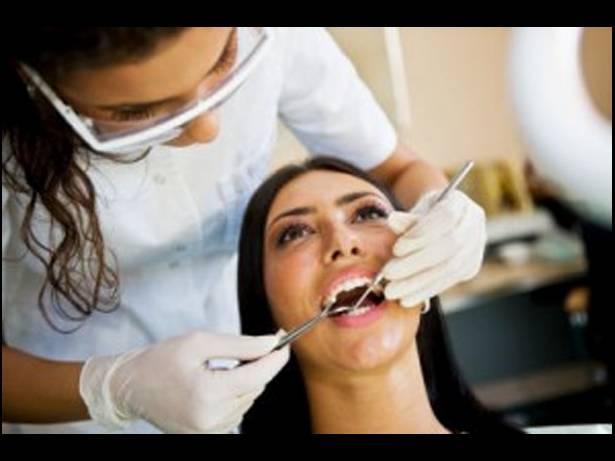Millions of adults every year choose sedation dentistry for their tooth care visits. In fact, the use of anesthetics on adult patients is a very common practice in dentistry. Many people receiving sedation dentistry treatment for the first time don’t know what side effects to expect.
The truth is that sedation methods vary wildly from patient to patient, based on their procedure and anxiety level. However, all of the methods are medically safe, and the side effects are generally mild. Dentists want to provide patients with exactly the kind of relief they need to get their dental work done. You and your dentist should go over your medical history and any medications you are taking. You should also discuss any factors such as anxiety levels about the procedure to determine the right course of action for you and what the potential side effects may be.

Side Effects Of Sedation Dentistry
Here is a general guide on the process, including what types of anesthesia are used and what some of their side effects are.
Inhalation Sedation
This is perhaps the most common of all sedation dentistry treatments, typically involving nitrous oxide, or laughing gas. A small nose hood is placed over the nose and mouth while the patient is advised to breathe deeply. The gas produces side effects including a relaxing, numbing feeling as well as some tingling. Even if your insurance doesn’t cover this light form of sedation dentistry, the out of pocket cost can be as low as $50-$60 which is very low for a medical procedure.
Intravenous/Oral Sedation
These sedation types, while not as light as nitrous oxide, still allow patients to be conscious and responsive during the procedure. However, these methods have stronger side effects. If you’re going to receive either, make sure you have a safe ride to and from the dentist’s office. A common side effect of these procedures is a mild form of temporary amnesia. Many patients wake up woozy and believing that the procedure had only occurred a few minutes earlier. That is why you need a designated driver. The effects can take between 30 minutes up to an hour and in extreme cases sometimes more to wear off.
Heavy Sedation
This much stronger form of sedation is usually reserved for surgeries, serious dental procedures or individuals with special needs. In this treatment type, the patient loses all consciousness. The effects of heavy sedation take several hours to wear off, so be sure to line up a driver who can take you home and make certain that you’re doing all right until the sedatives wear off.
Again, the form of sedation dentistry you and your dentist choose will ultimately depend on your procedure and your anxiety about it. Ask your dentist any questions you may have, and don’t be afraid to request a higher dosage of sedative if you’re feeling nervous. Before you know it, your dental work will be done and you’ll be on the road to recovery.
Adam H. is a freelance writer for Las Vegas Sedation Dentist Dr. Steve Delisle.
Side Effects Of Sedation Dentistry

